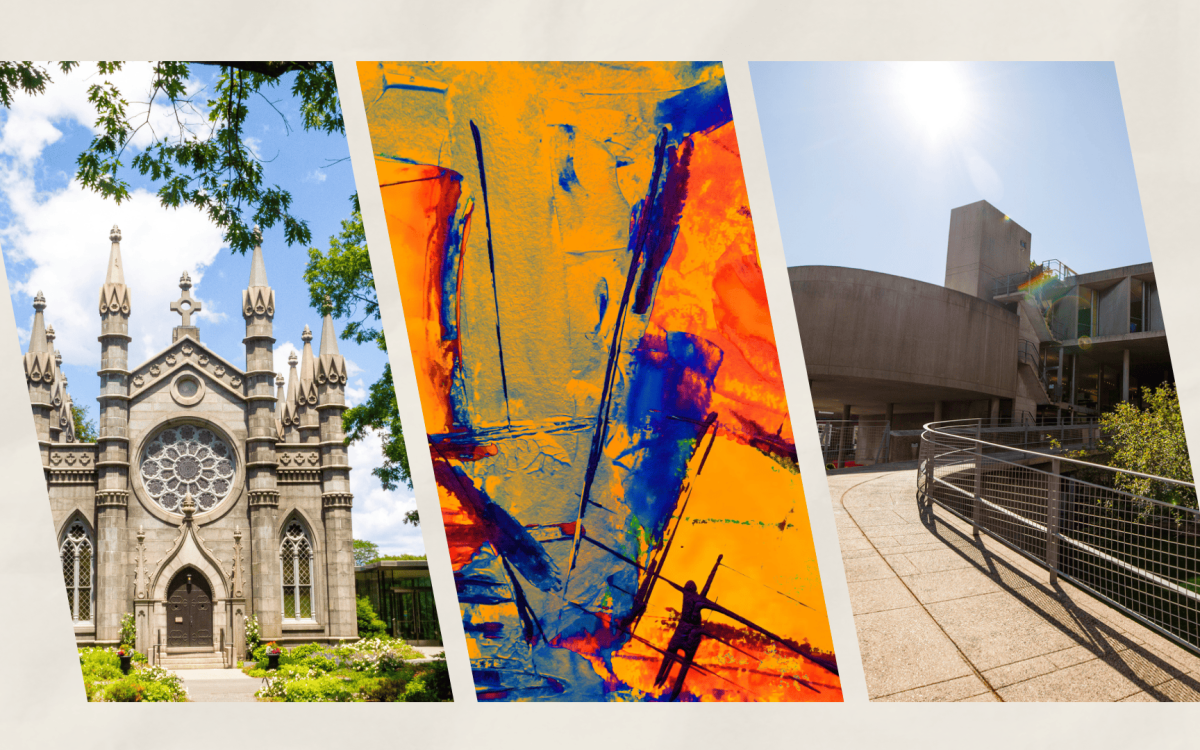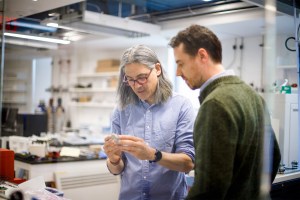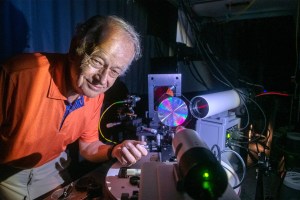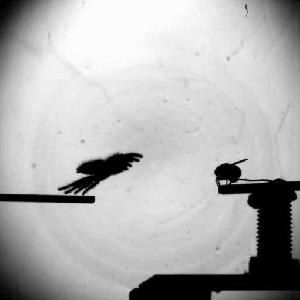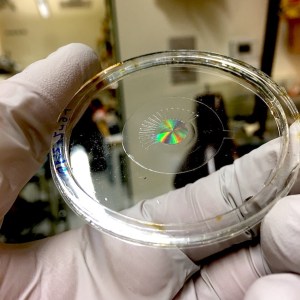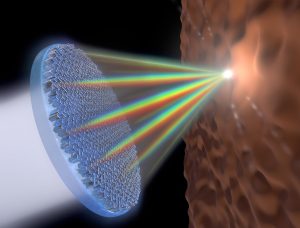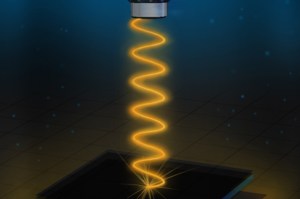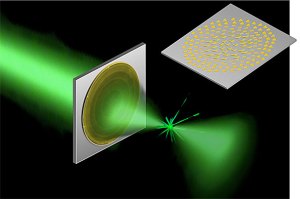Tag: Federico Capasso
-
Science & Tech
New laser paves way for better imaging, communications
Harvard researchers have developed a totally new type of laser that can reach terahertz frequencies offering short-range, high-bandwidth wireless communications, very-high-resolution radar, and spectroscopy.
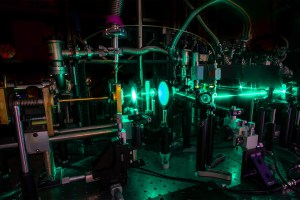
-
Science & Tech
Polarizing apposite
A portable, miniature camera that can image polarization in a single shot has potential applications in machine vision, autonomous vehicles, security, atmospheric chemistry, and more.

-
Science & Tech
Ultra-high-speed Wi-Fi breakthrough
In a breakthrough on the road toward ultra-high-speed Wi-Fi, Harvard researchers have demonstrated for the first time a laser that can emit microwaves wirelessly, modulate them, and receive external radio frequency signals.
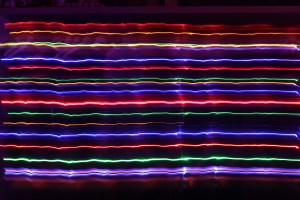
-
Campus & Community
Harvard’s Federico Capasso co-recipient of Rumford Prize
Harvard physicist Federico Capasso is the co-recipient of the 2015 Rumford Prize, awarded by the American Academy of Arts and Sciences. He shares the prize with Alfred Cho in recognition of their contributions to the field of laser technology.
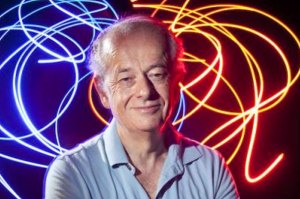
-
Campus & Community
Innovative faculty research receives support
Five winners have been named as recipients of this year’s Star Family Challenge for Promising Scientific Research awards. Now in its second year, the challenge is designed to acknowledge and support some of the most innovative research being done by Harvard faculty in the natural and social sciences.
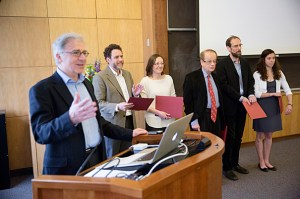
-
Science & Tech
Crafting ultrathin color coatings
In Harvard’s high-tech cleanroom, applied physicists produce vivid optical effects — on paper.
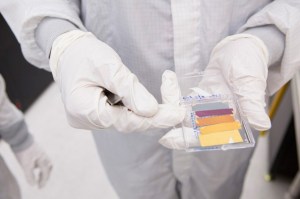
-
Science & Tech
Applied physics as art
Harvard researchers spray-paint ultrathin coatings that change color with only a few atoms’ difference in thickness.
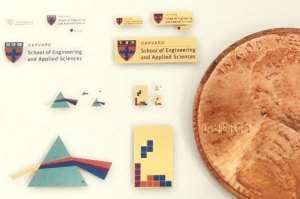
-
Science & Tech
Needle beam stays on point
A Harvard-led team of researchers has demonstrated a new type of light beam that propagates without spreading outward, remaining very narrow and controlled along an unprecedented distance. It could greatly reduce signal loss for on-chip optical systems and may eventually assist the development of a more powerful class of microprocessors.
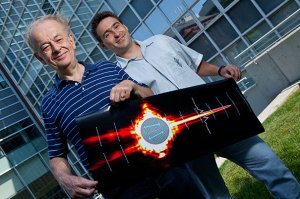
-
Science & Tech
From a flat mirror, designer light
Using a new technique, researchers at the Harvard School of Engineering and Applied Sciences have induced light rays to behave in a way that defies the centuries-old laws of reflection and refraction.
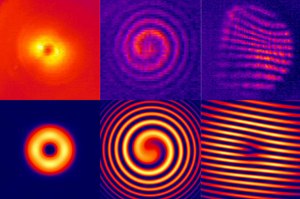
-
Science & Tech
Researchers demonstrate highly directional terahertz laser rays
A collaborative team of scientists at Harvard and the University of Leeds have demonstrated a new terahertz (THz) semiconductor laser that emits beams with a much smaller divergence than conventional…
-
Science & Tech
Applied physicists create building blocks for a new class of optical circuits
Imagine creating novel devices with amazing and exotic optical properties not found in nature — by simply evaporating a droplet of particles on a surface. By chemically building clusters of…
-
Science & Tech
Researchers see exotic force for first time
For the first time, researchers have measured a long-theorized force that operates at distances so tiny they’re measured in billionths of a meter, which may have important applications in nanotechnology…
-
Science & Tech
Scientists demonstrate highly directional semiconductor lasers
Applied scientists at Harvard collaborating with researchers at Hamamatsu Photonics in Hamamatsu City, Japan, have demonstrated, for the first time, highly directional semiconductor lasers with a much smaller beam divergence…
-
Science & Tech
Creating semiconductor lasers
Lasers are often considered to be highly directional light sources: their beams are able to propagate over long distances without substantial spreading. This, however, is not always the case. Semiconductor…
-
Science & Tech
Researchers develop new technique for fabricating nanowire circuits
Scientists at Harvard’s School of Engineering and Applied Sciences (SEAS), collaborating collaborating with researchers from the German universities of Jena, Gottingen, and Bremen, have developed a new technique for fabricating…
-
Science & Tech
Compact, wavelength-on-demand Quantum Cascade Laser chip created
Engineers at Harvard’s School of Engineering and Applied Sciences have demonstrated a highly versatile, compact and portable Quantum Cascade Laser sensor for the fast detection of a large number of…
-
Campus & Community
Laser advance could open up new markets
Applied scientists from Harvard University have, for the first time, demonstrated high-power continuous wave (cw) room-temperature quantum cascade (QC) lasers made by a well-established mass production semiconductor synthesis technique. The…
-
Campus & Community
Harvard scientists develop ‘plug and play’ laser
Engineers and applied physicists have demonstrated the feasibility of a new type of plug-in laser that could lay the groundwork for wide-ranging security applications. Their Raman injection laser, described in…
